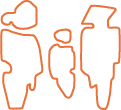The use of relief in Lebadang’s engraving work
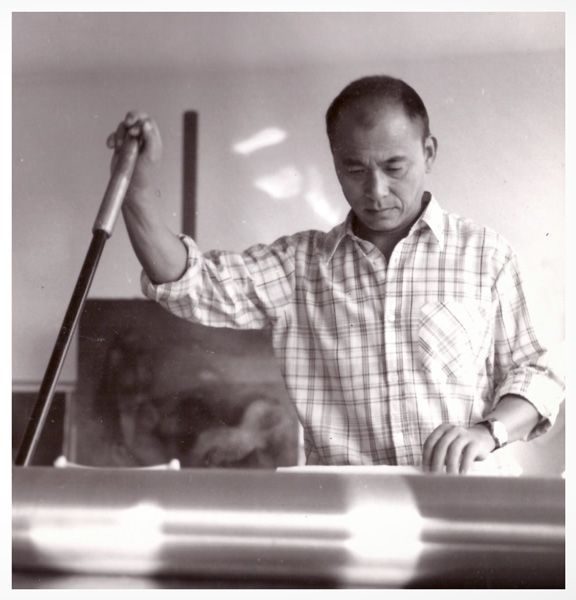
In 1958, Lebadang discovered lithography in the Arts-Litho studio in Paris, where he regularly visited the studios of Fernand Mourlot and Jacques Desjobert. In 1964, he produced his first portfolio done in relief, without colours nor ink, who initiated his early research on the materials and techniques of printmaking. In the 1970s, Lebadang brought out several portfolios of prints with some new and innovative techniques, including relief engravings, embossing, etching on an embossed background, lithographs on doubled Japanese paper, lithographs and reliefs, serigraphs using a “technique of gilding” which he developed in the studios of Circle Fine Art in the United States. His main collaborator was the artist and engraver Bernard Rémusat, who also worked for César, Arman and Tobiasse.
Lebadang’s first formal works in relief date back to 1964 with the production of “Eight Horses” — his first portfolio done in relief without colours nor ink — based on the poems and calligraphy of Chou Ling. He began developing this engraving technique from a wooden plate covered with plaster that he shaped by hand by digging and receding the surface to create an intaglio print. This rather fragile technique provides a rather coarse line and a slightly soft setting; it was only the beginning of a technique that he would later develop and refine with the use of other materials.
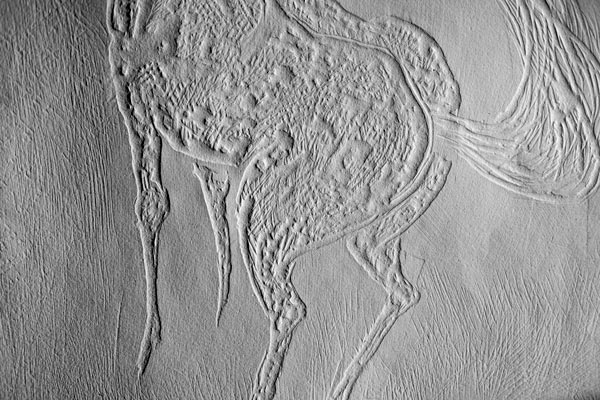
Lebadang also produced small plates (often of characters or landscapes) that he inserted into his first lithographs and engravings by playing with the thickness or texture of the paper (Japanese paper, double layer paper etc).
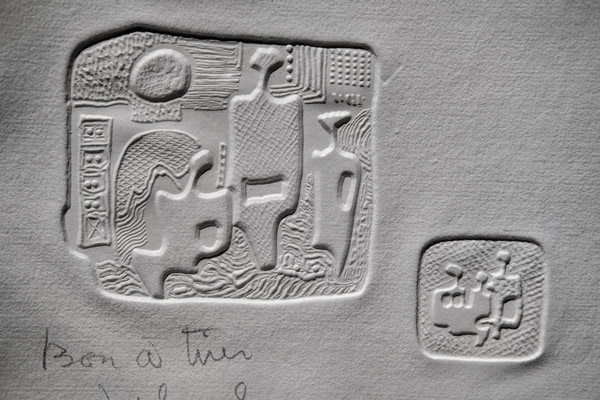
Later, he used plexiglass, zinc and steel, polyester resin, tile adhesive and composite materials such as epoxy resins for modelling and moulding or acrylic resins — materials that he would cut through, perforate and work with sandpaper, sander and milling machine. He then used a flexible hose with a mini tool chuck used for milling machines, grinders and various sanding machines, to sculpt and turn, and create a surface of a rich and complex material.
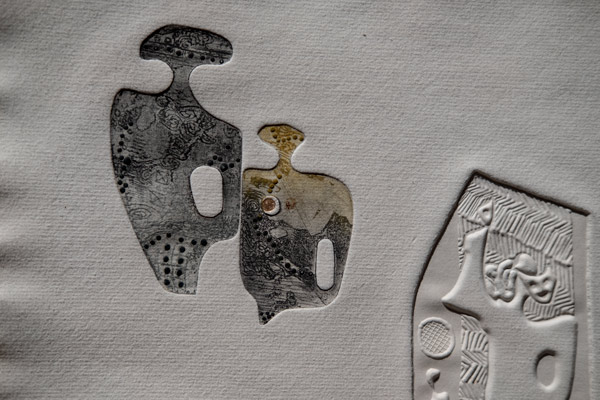
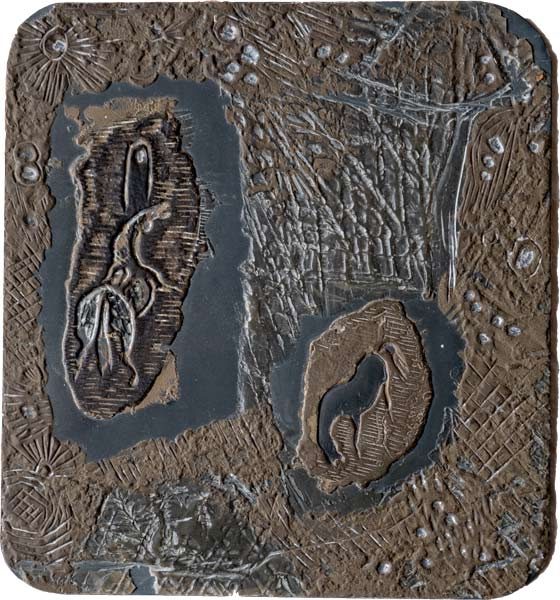
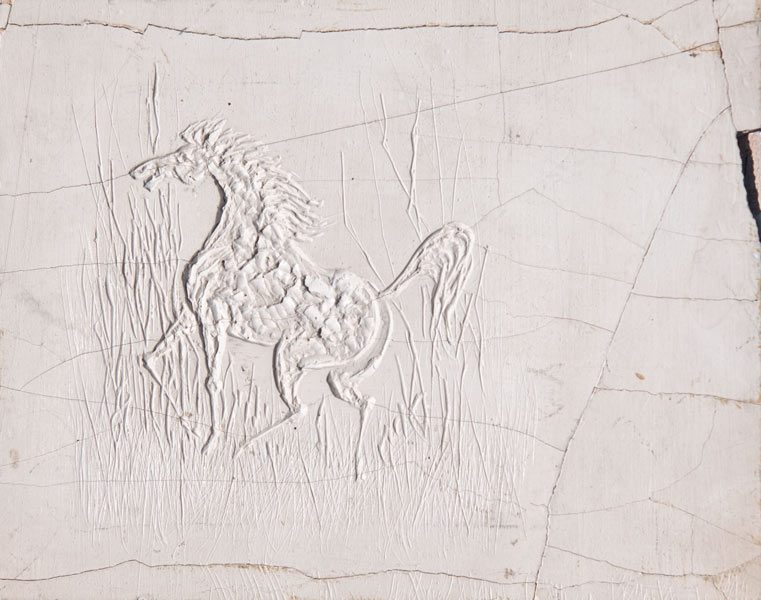
The artist also made use of much thicker steel and zinc plates, their design cut by the application of acid (ferric chloride having a slower and deeper action than nitric acid which produces a clear line). He placed these plates on the press, thus creating a composition using etching, engraving, relief or lithography techniques.
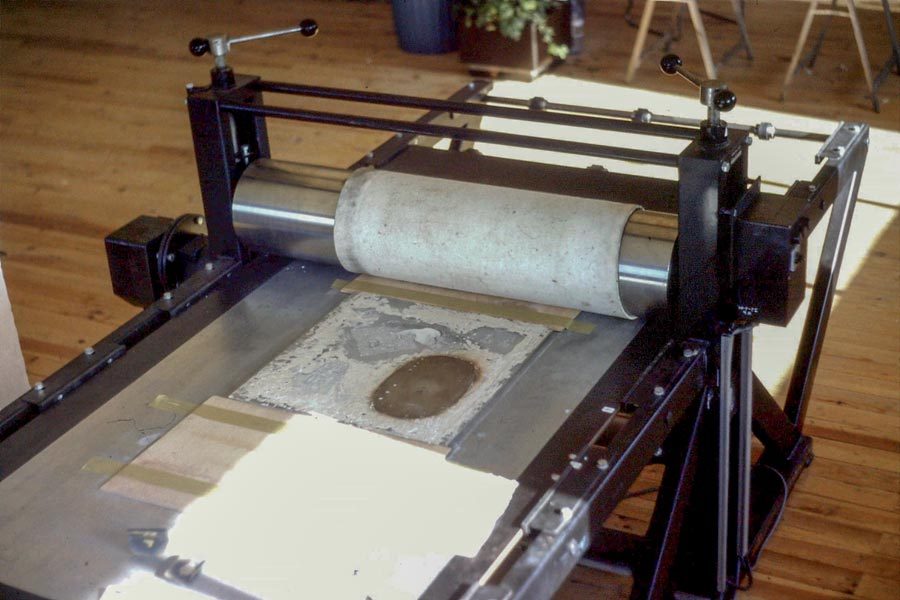
In his Spaces, Lebadang incorporated certain fragments of engraving-relief or etching, while enhancing these with watercolour or acrylic to create landscapes viewed from above. He also often employed textured background for his relief engravings and his Spaces, to serve as a basis for his work.
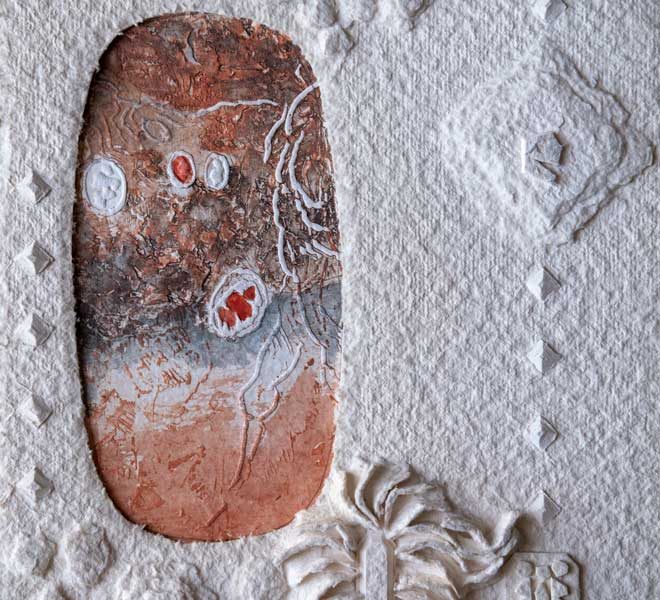
The Spaces are artworks on paper, combining various techniques by using collage and superimposition. Midway between sculptures and bas-relief, like a synthesis which transcends these two forms of expression. To produce these works, Lebadang used paper made especially for him at the Moulin de Larroque (the Laroque Mill) at Couze, in Dordogne. This was an extremely thick, pure, handmade rag paper, which the artist tore and glued together in superimposed layers, so as to obtain an aerial view of a landscape. The first Spaces are in monochrome, white or black. Later, he would insert « segments » of engravings or relief engravings with textured backgrounds, to create more complex hybrid works.

In the field of printmaking, Lebadang constantly invented new techniques and new forms of expression, including works in relief and texture. Throughout his career, he never ceased to experiment with and develop this most innovative approach to his art.
Luc HO
12-22 August 2019
(Proofreading by Robin Teese)
